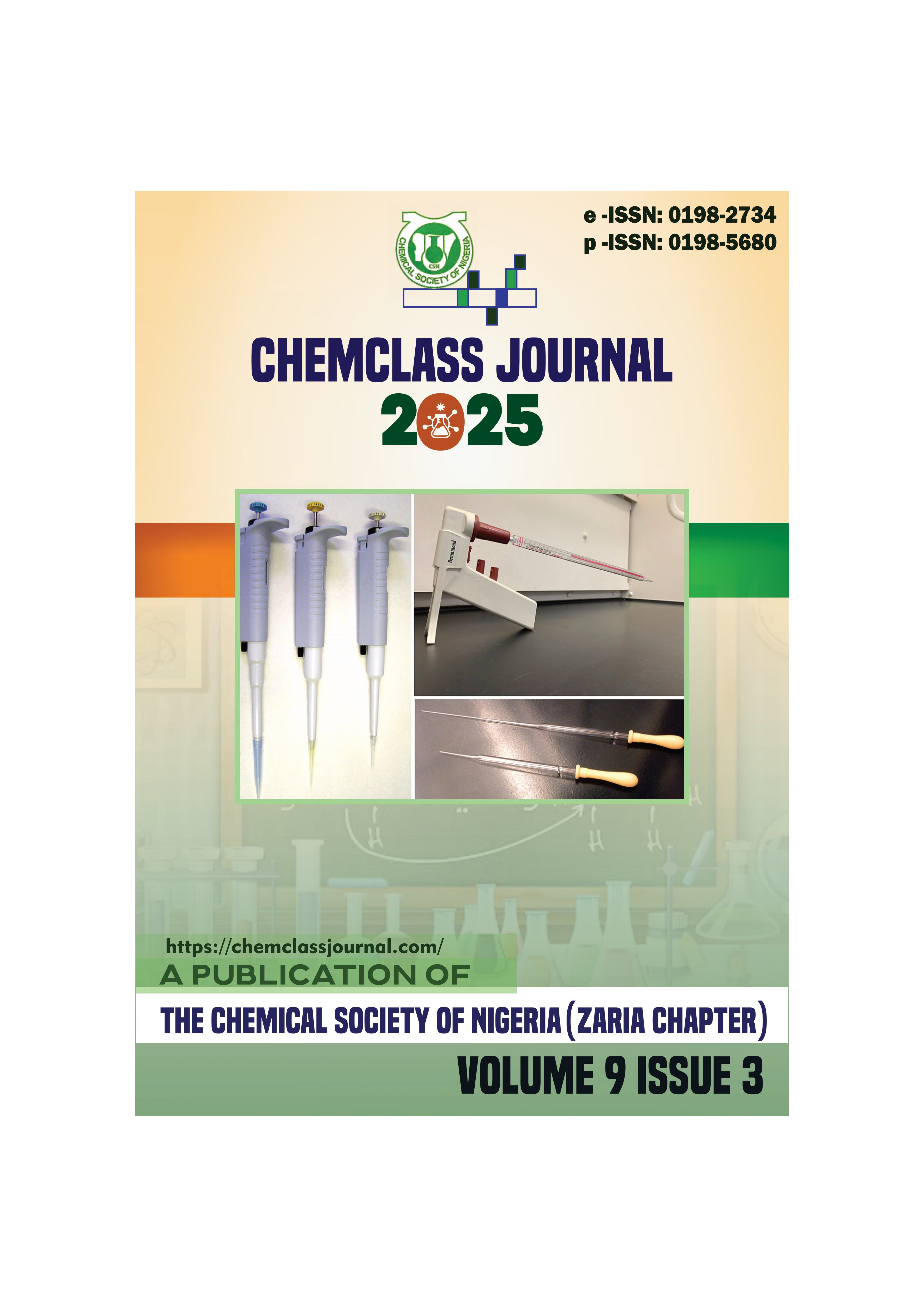Alternative Sources of Fuel: Biogas from Chicken and Pig Dung -A Comparative Approach
DOI:
https://doi.org/10.33003/Keywords:
Anaerobic digestion , Biogas , chichen dung , Catalyst, Pig dung , Organic residuesAbstract
This study investigated the biogas production potential of chicken dung and pig dung, individually and in combination, under anaerobic digestion conditions with and without the use of a yeast catalyst as control. The results revealed that chicken dung, especially when treated with yeast, consistently produced higher biogas yields than pig dung, with a peak of 0.2250 g on Day 7, compared to 0.1375 g from pig dung. The superior performance of chicken dung is attributed to its higher nitrogen content and lower fiber composition, which promoted faster microbial digestion. Co-digestion of both wastes resulted in the highest cumulative gas output of 0.2013 g on the 7th day, thus demonstrating the effectiveness of combining substrates with complementary characteristics. The addition of yeast catalyst significantly enhanced biogas yields across treatments, while untreated and low-quantity mixtures exhibited poor and delayed gas production. The study concludes that chicken dung is a more efficient substrate for biogas generation. It recommends the use of catalysts, proper waste preparation, and farmer education as key strategies for improving rural biogas systems





 ChemClass Journal
ChemClass Journal
